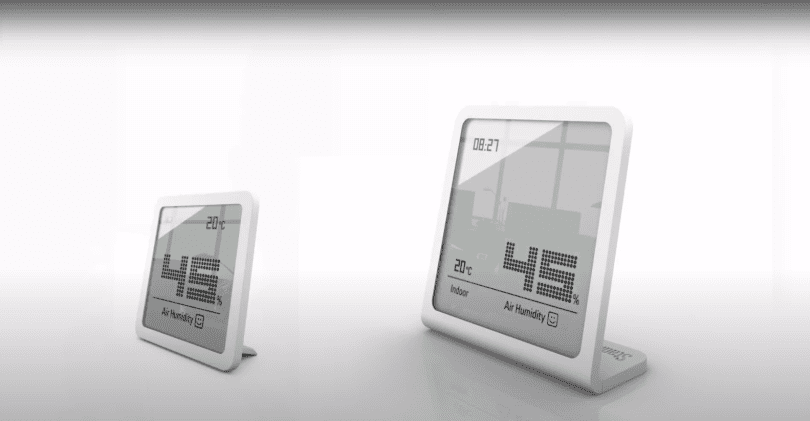Introduction:
Regardless of your geographical location, humidity plays a crucial role in influencing your health and overall well-being. Summer months, in particular, amplify the effects of humidity, leading to discomfort and potential health issues. While many associate humidity with stickiness and heat, maintaining an appropriate humidity level within your home is essential for a healthy living environment. Here are 3 signs that shows your home has poor indoor humidity.
Keep on reading.
Understanding Humidity Levels:
Humidity is the measure of water vapor present in the air, affecting your surroundings even if it’s not visible. The optimal relative humidity range for health and well-being is typically between 30 and 50 percent. Keeping the air in your home within this range is vital to creating a comfortable and healthy living space.
Hazards of High Humidity:
Excessive humidity can negatively impact comfort, damage personal belongings, and pose health risks. Elevated humidity levels can impede the body’s ability to regulate internal temperature through evaporation, making individuals feel hotter than they actually are. Moreover, high humidity fosters the growth of fungi, mold, and mites, exacerbating respiratory issues for those with asthma and allergies. Additionally, it can lead to structural damage in homes, such as wood rot and insect infestations.
Drawbacks of Low Humidity:
Conversely, overly dry air can also be detrimental to comfort, possessions, and health. Dry air can cause skin irritation, itchiness, and dry out mucous membranes, resulting in sore throats and chapped lips. Homes with low humidity may experience damage to wooden structures, including warping and cracking around doors and moldings.
Signs of Poor Indoor Humidity:
Recognizing signs of inadequate indoor humidity is crucial for maintaining a comfortable and healthy living space. Some indicators include:
1. Sleeping Problems: Both excessive and insufficient humidity levels can disrupt sleep patterns, causing difficulty falling and staying asleep.
2. Excessive Sweating: Frequent sweating indoors is a common sign of poor humidity levels, leading to discomfort and stickiness.
3. Difficulty Breathing: High humidity may cause respiratory issues such as chest tightness and wheezing, while low humidity can exacerbate various breathing problems.
Improving Indoor Humidity:
If you notice any of these signs in your home, it’s essential to assess and adjust your humidity levels promptly. Consulting with professionals can provide valuable insights on maintaining optimal humidity levels for a more comfortable and healthier living environment during different seasons.
Disclosure: We may get commissions for purchases made through links in this post.








